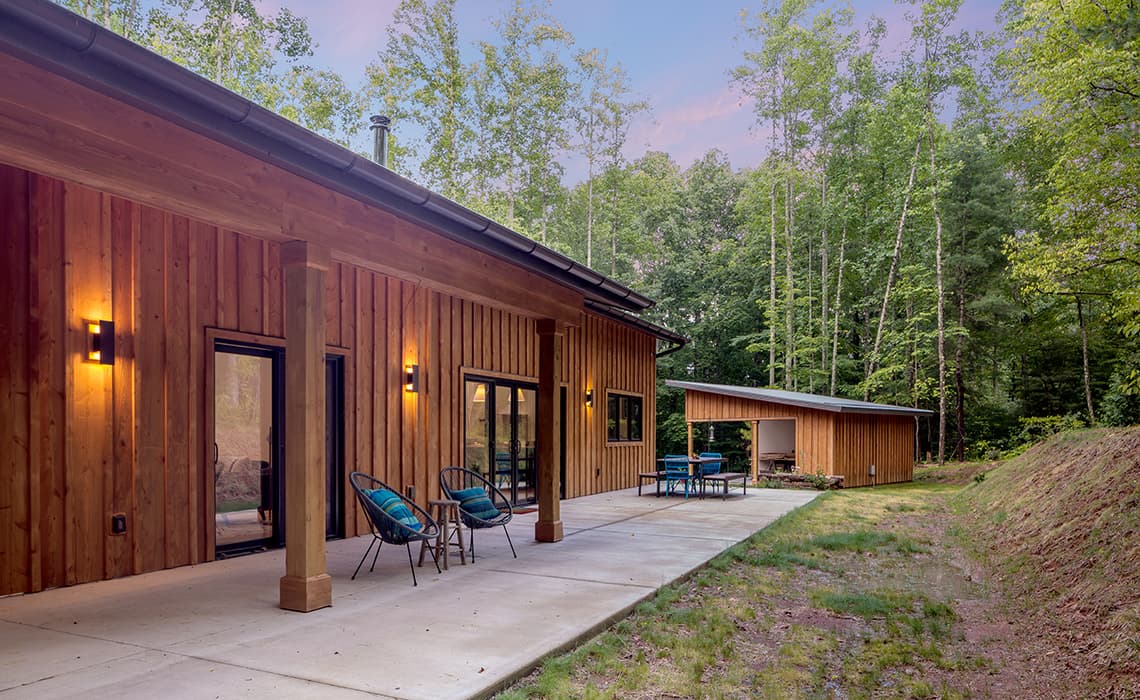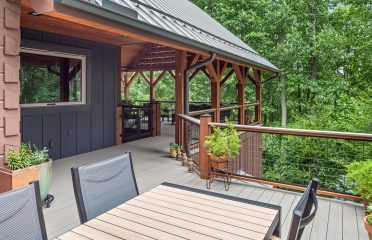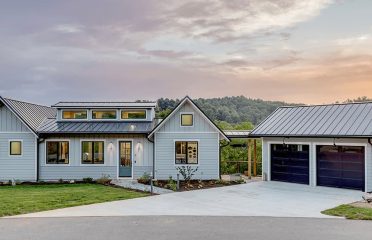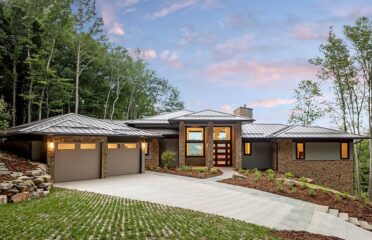Eco-Friendly Insulation Options in Green Building
Ever wonder what a “tight building envelope” means?
A building envelope is essentially the exterior container of a building. It consists of the exterior walls, windows, all the insulation in between the walls, the sealants used on the walls, the air and vapor barriers in the walls, the slab or flooring, and the roof. When referring to a tight building envelope, it is a consideration of how much energy is lost through the building’s walls, roof, and windows. A tight building envelope is important in green construction because significantly less energy is wasted, especially in the summer when temperatures are hottest.
We’re pay close attention to the materials we use, like insulation, in the envelop because they influence how tight we can make the envelope. We use envelope components that support comfort, ensure clean air, keep moisture out, avoid hazardous materials, and reduce heating and cooling loads. An important material to consider is insulation, as there are many, many options.
Insulation and R-Value
Knowing the owner’s goal is energy savings, we start with considering the types of insulation to use in the envelope. Insulation reduces the exchange of heat (gain and loss) through the building envelope. When a building is properly insulated, less warm air escapes during the winter, and less cool air escapes during the summer. As a result, the amount of energy needed to heat and cool the building is less, often substantially less, which results in lower energy costs. So, you can see where a tight envelope is important.
Insulation can be one of the most practical and cost-effective ways to improve a building’s energy efficiency while also keeping moisture out and improving air quality. So, it’s important to pick the right one. An important factor to consider is the R-value of the insulation.
What’s R-value, you ask? R-value is a rating that indicates how well a material resists conducting heat. The higher the R-value, the less heat is conducted through the materials heat. For a home, a higher R-value insulation means less heat escaping your home in the winter!
Insulation Considerations in Green Construction
While many green builders use open-cell spray foam insulation because it works well to reduce energy costs, it may not be eco-friendly enough for some homeowners or some certification programs. The good news is, there are many eco-friendly options available. We can help you determine which eco-friendly material will work best in your unique home design. We will consider several factors, including:
- How does the material respond to moisture?
- Does it meet fire safety regulations?
- Are there any hazards to working with the material?
- Is the material effective at different thicknesses?
- Does the R-value satisfy the criteria for green building certification?
Types of Green Insulation
There are several types of green, eco-friendly insulation that are great alternatives to the classic insulation boards and even spray foam.
- Stone mineral wool, which you may know as Roxul, is a stone dust insulation. It’s highly effective and durable. It resists burning, and it is generally unaffected by moisture or humid climates.
- Cellulose insulation is a non-toxic, mostly recycled insulation material made mostly from shredded newsprint. By adding boric acid, the material is fire resistant, insect resistant and has anti-fungal properties. Cellulose is generally our go-to choice for insulation.
- Fiberglass insulation is made from glass, so it has a relatively low environmental impact. It offers good R-value, and it has decent soundproofing qualities. You may be familiar with it. It’s the pink or yellow stuff that comes in rolls.
- Hemp insulation is a renewable, natural material made from the hemp plant. You can find it as boards or batting and has a decent R-value. Like cellulose, it’s non-toxic and hypoallergenic. It handles moisture well, and it acts as a carbon sink. If building a carbon neutral home is important to you, then hemp may be the way to go. That said, hemp insulation isn’t widely available, so it’s pricey.
- Straw bales are exactly that. Bales of straw used as insulation material. It’s incredibly effective at its job; it’s renewable and sustainable; and it has a high R-value. Keep in mind, a home must be designed specifically to use straw bales, and installation is labor intensive because each bale has to be covered in a type of mud. This type of insulation is more common out West, and we’ve yet to build a home here using straw bale in WNC. However, if LEED certification or Net Zero is a priority, straw bales have been proven to get you there.
More about Green Building
We have a library of articles dedicated to building green homes for you to peruse.
- Learn ways to reduce your carbon footprint on our blog.
- Read more about our experience as Asheville green builders on our About page.
- Find your green comfort zone here.
And when you’re ready to build a home that will reduce your energy costs, we’d love to talk.







